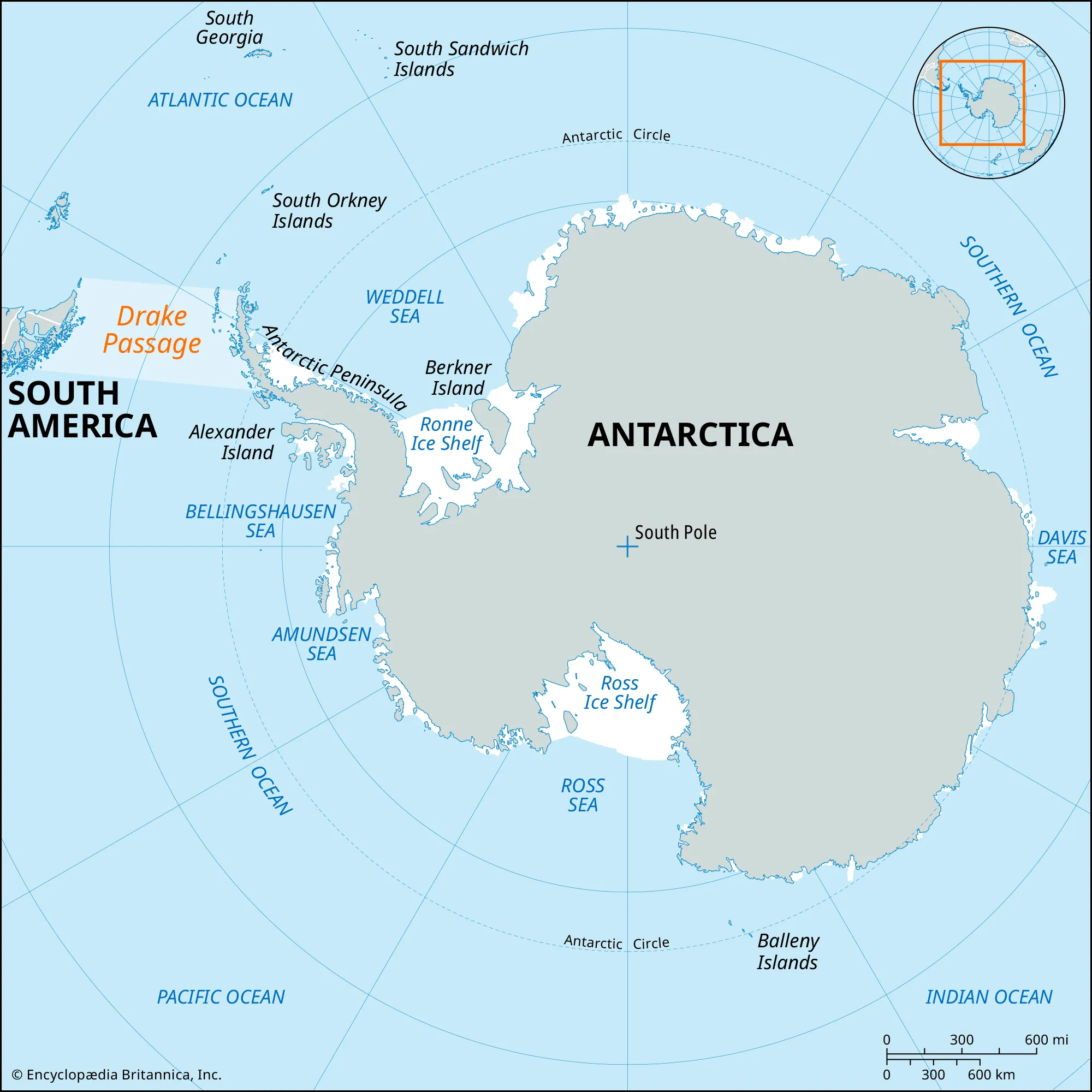A 7.5-magnitude earthquake shook the Drake Passage—a seismically volatile stretch of ocean between South America and Antarctica—on Friday, Aug. 22, at 4:16 PM HST, according to the U.S. Geological Survey (USGS) and the U.S. Tsunami Warning System. The quake, centered about 36 km deep, struck roughly 700 km southeast of Ushuaia, Argentina, a city of 57,000 people at the southern tip of the continent.
Initial reports placed the quake at magnitude 8.0, but the USGS later revised it downward. Despite its strength, no tsunami warnings were issued for Hawaii, Puerto Rico, or the Virgin Islands. Authorities emphasized that while areas nearer the epicenter could face localized risks, no widespread tsunami threat exists.

Rising Global Seismic Activity Raises Concerns
This latest event adds to a string of powerful quakes in recent weeks, fueling concerns over heightened activity along the Pacific “Ring of Fire,” the tectonically unstable region encircling the Pacific Ocean.
- On Aug. 17, a 5.8-magnitude underwater quake hit Indonesia’s Central Sulawesi province, injuring 29 people (two critically). The tremor, followed by 15 aftershocks, struck near Poso district but did not trigger a tsunami.
- In July, an 8.8-magnitude quake struck off Russia’s Kamchatka Peninsula, sending tsunami waves of up to 13 feet into parts of Russia’s coast. Smaller waves reached as far as Japan and Hawaii.
Critical Context
While seismic experts caution against linking individual earthquakes as part of a global “surge,” the clustering of major tremors across different fault zones has sparked renewed debate about preparedness in vulnerable regions. The Drake Passage quake underscores the challenges of monitoring remote yet geologically complex areas where even strong quakes can go largely unnoticed by human populations—but still carry broader tectonic implications.



